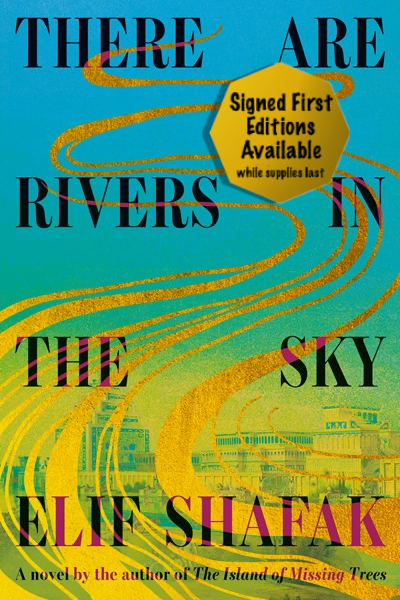
The apocalypse will be televised! Welcome to the first book in the wildly popular and addictive Dungeon Crawler Carl series by Matt Dinniman—now with bonus material exclusive to this print edition.
You know what’s worse than breaking up with your girlfriend? Being stuck with her prize-winning show cat. And you know what’s worse than that? An alien invasion, the destruction of all man-made structures on Earth, and the systematic exploitation of all the survivors for a sadistic intergalactic game show. That’s what.
Join Coast Guard vet Carl and his ex-girlfriend’s cat, Princess Donut, as they try to survive the end of the world—or just get to the next level—in a video game–like, trap-filled fantasy dungeon. A dungeon that’s actually the set of a reality television show with countless viewers across the galaxy. Exploding goblins. Magical potions. Deadly, drug-dealing llamas. This ain’t your ordinary game show.
Welcome, Crawler. Welcome to the Dungeon. Survival is optional. Keeping the viewers entertained is not.




















